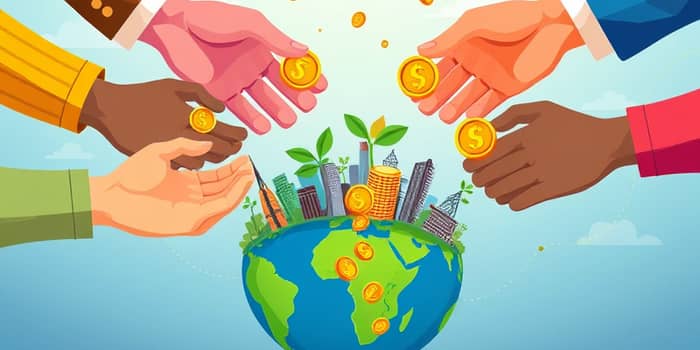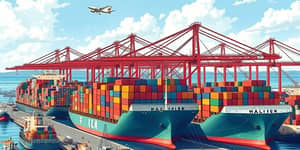
As the world confronts rising inequality, climate risks, and the lingering impacts of global crises, sustainable development financing has become more vital than ever. Mobilizing adequate resources to achieve the Sustainable Development Goals by 2030 is not only an economic imperative but a moral one, demanding coordinated action, innovative tools, and systemic reform.
Achieving the 17 Sustainable Development Goals requires vast sums: experts estimate an additional $4 trillion annually in developing countries alone, with a global shortfall that could reach $6.4 trillion by 2030. This gap undermines efforts on poverty eradication, health, education, and climate resilience.
Developing nations face twice the interest rates on sovereign debt compared to their developed counterparts, exacerbating financial burdens and limiting their capacity to invest in critical infrastructure. At the same time, shifting political priorities and fiscal constraints in donor countries have constrained Official Development Assistance (ODA), leaving vital projects underfunded.
There is growing recognition that public funds alone cannot bridge this divide. A diverse financing ecosystem is essential, bringing together governments, development banks, and private investors. Efficient coordination between multilateral development banks, national finance institutions, and commercial entities can unlock new opportunities.
Aligning incentives, reducing perceived risks, and enhancing transparency are prerequisites for scalable action. Blended finance—combining concessional public loans with private investment—can leverage non-concessional official loans to attract greater commercial engagement, particularly in emerging markets.
Beyond traditional instruments, innovative vehicles are gaining traction:
For instance, funding for protecting 30% of the planet by 2030—the “30×30 target”—demands tailored financial instruments that channel capital toward conservation projects, surpassing the effectiveness of standard grant-based approaches.
Transition finance also plays a vital role, easing the shift from high-carbon to low-carbon industries by offering incentives for companies to adopt sustainable practices. These tools are critical to unlocking investments in renewable energy, sustainable agriculture, and circular economy initiatives.
Despite promising innovations, the underlying financial system remains unchanged. Experts call for a major overhaul of the global financing framework to address fragmentation, unequal access, and crisis response capabilities. Key proposals include:
Institutional reform must focus on enhancing the resilience and inclusivity of global financial bodies, ensuring resources flow to regions most in need. Prominent voices advocate for new governance structures within the IMF, World Bank, and regional banks to reflect emerging economies’ priorities more accurately.
A central element of reform is public and private alignment. Greater coordination can harmonize policy frameworks, standardize risk assessments, and streamline due diligence, making it easier for private investors to commit capital at scale.
The window to close the SDG financing gap before 2030 is narrowing. The United Nations Secretary-General has proposed an immediate SDG Stimulus package of $500 billion to provide affordable, long-term financing that addresses the most pressing needs: health systems, climate resilience, and social protection.
As global shocks—pandemics, climate disasters, conflicts—intensify, the need for agile, robust financing mechanisms grows more acute. Geo-economic fragmentation threatens to widen inequalities, making collaborative solutions all the more essential.
Stakeholders can take practical steps today:
Above all, there is a collective responsibility to seize this moment. By embracing innovation, fostering cooperation, and demanding systemic reform, we can transform the current trajectory. The next cycle of major global agreements—led by the FfD4 conference in Seville—offers a window of opportunity to close the gap and safeguard our shared future.
In the face of daunting challenges, momentum is building. With sustained commitment and strategic action, sustainable development financing can move from concept to reality, empowering communities, protecting our planet, and unlocking prosperity for all.
References













